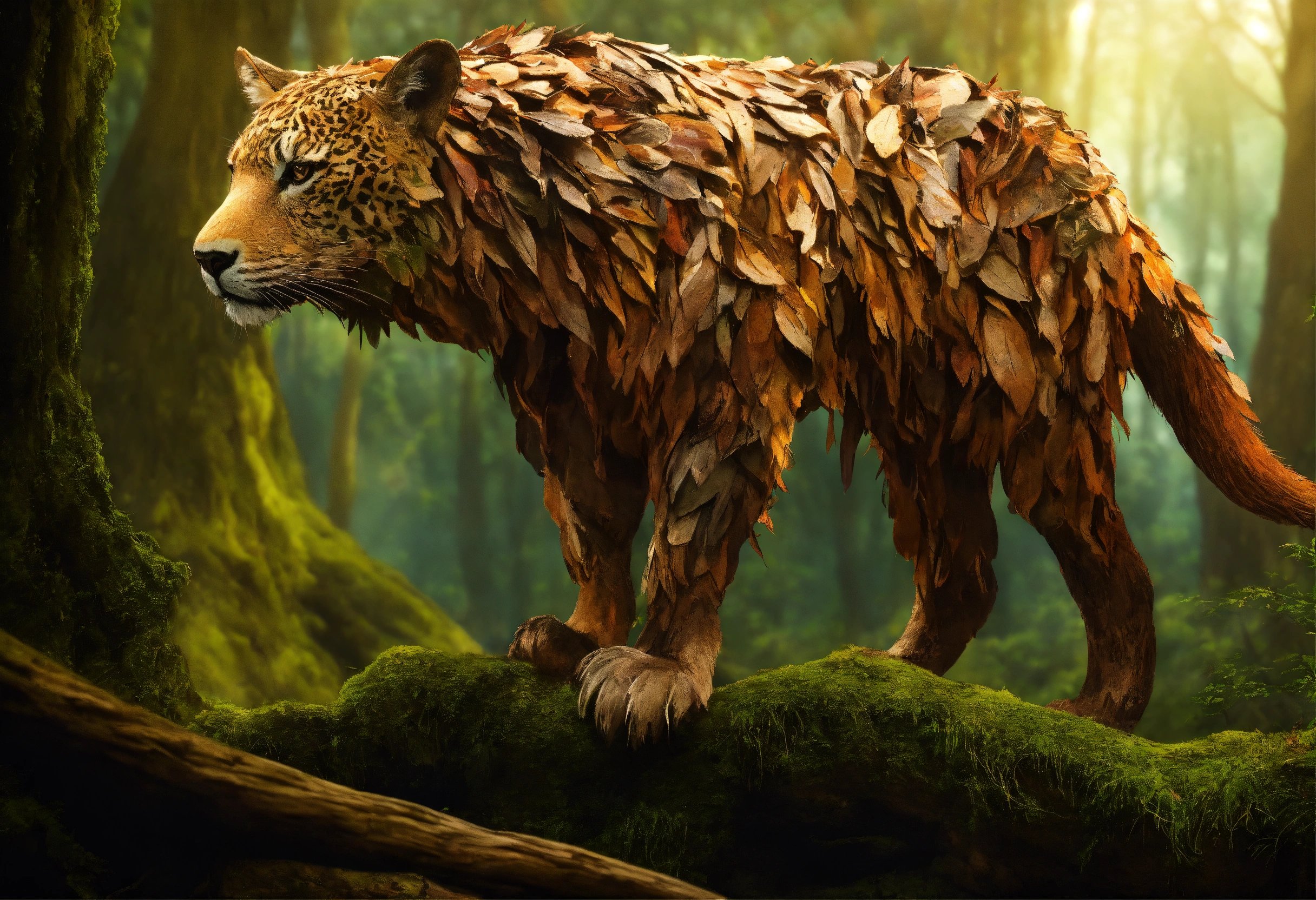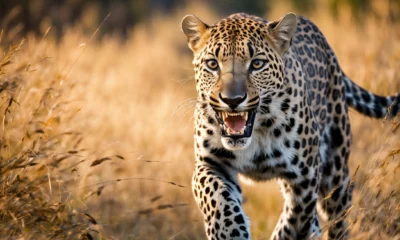Camouflage
Survival of the Fittest: Animals’ Ingenious Camouflage Tactics

Survival of the fittest is a fundamental concept in the natural world, illustrating how only the strongest and most adaptable individuals within a species will survive and reproduce. This principle is particularly evident in the tactics that animals use to conceal themselves from predators or prey through camouflage.
Camouflage is a crucial survival strategy that many animals have developed over time in order to blend in with their surroundings and avoid detection. Some animals have evolved intricate and ingenious camouflage tactics that allow them to remain virtually invisible to both predators and prey.
One of the most well-known examples of camouflage is the chameleon, a reptile that is able to change its skin color to match its surroundings. Chameleons have specialized cells called chromatophores that allow them to alter their skin color in response to their environment, enabling them to blend in seamlessly with leaves, branches, or even the texture of a tree trunk. This remarkable ability allows chameleons to avoid detection by predators and ambush their own prey with precision.
In marine environments, some species of fish and cephalopods have developed camouflage tactics that are equally impressive. Cuttlefish, for example, are masters of disguise, able to change their skin texture, color, and even the pattern of their skin to match their surroundings. By mimicking the appearance of rocks, coral, or seaweed, cuttlefish can avoid detection by predators and sneak up on unsuspecting prey.
Another fascinating example of camouflage is the leaf-tailed gecko, a lizard native to Madagascar that has evolved to resemble a dead leaf. This species has a flattened body and fringed edges on its skin that mimic the shape and texture of a leaf, allowing it to blend in seamlessly with its forest habitat. By remaining motionless on a tree branch, the leaf-tailed gecko becomes nearly indistinguishable from the surrounding foliage, making it difficult for predators or prey to spot.
Insects are also well-known for their camouflage tactics, with many species mimicking the appearance of leaves, twigs, or flowers to avoid detection. The stick insect, for example, has a long and slender body that resembles a twig, allowing it to hide in plain sight among branches and foliage. Some species of butterflies have evolved patterns on their wings that mimic the design of leaves or bark, providing them with a level of protection from predators.
Overall, the diversity and complexity of camouflage tactics used by animals highlight the incredible adaptability and survival skills of the natural world. By blending in with their surroundings, animals are able to increase their chances of survival and reproduction, ultimately ensuring the continued success of their species. The evolution of camouflage is a testament to the power of natural selection and the ongoing struggle for survival in the animal kingdom.








